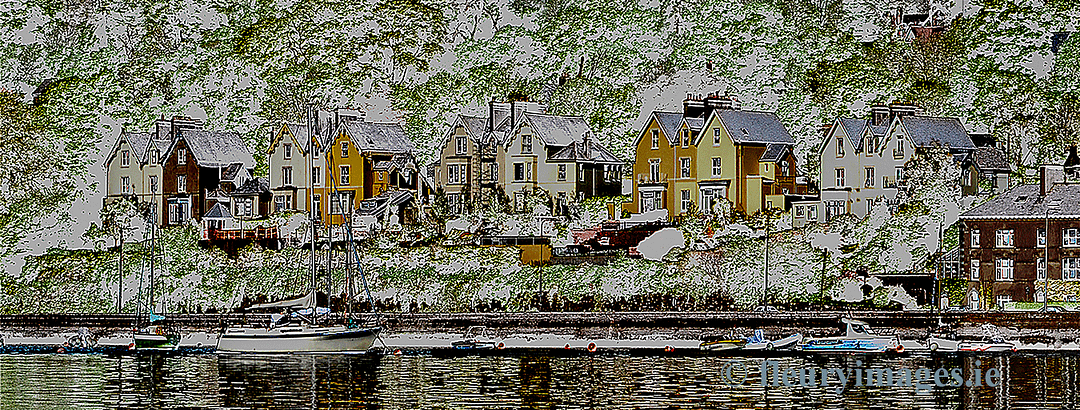
Alta Terrace Monkstown
During the early 19th century, the romantic medieval Gothic Revival style was developed as a reaction to the symmetry of Palladianism, and such buildings as Summerland (The Rectory) were built. By the middle of the 19th century, as a result of new technology, construction was able to incorporate metal materials as building components. Structures were erected with cast iron and wrought iron frames however, due to being weak in tension, these materials were effectively phased out in place for more structurally sound steel. One of the greatest exponents of iron frame construction was Joseph Paxton, architect of the Crystal Palace. Paxton also continued to build such houses as Mentmore Towers, in the still popular English Renaissance styles. New methods of construction were developed in this era of prosperity, but ironically the architectural styles, as developed by such architects as Augustus Pugin, were typically retrospective.
In Scotland, the architect Alexander Thomson who practiced in Glasgow was a pioneer of the use of cast iron and steel for commercial buildings, blending neo-classical conventionality with Egyptian and Oriental themes to produce many truly original structures. Other notable Scottish architects of this period are Archibald Simpson and Alexander Marshall Mackenzie, whose stylistically varied work can be seen in the architecture of Aberdeen.
While Scottish architects pioneered this style it soon spread right across the United Kingdom and remained popular for another forty years. Its architectural value in preserving and reinventing the past is significant. Its influences were diverse but the Scottish architects who practiced it were inspired by unique ways to blend architecture, purpose, and everyday life in a meaningful way.
Print Size 609.6 x 231.06 mm (Unframed) – €160